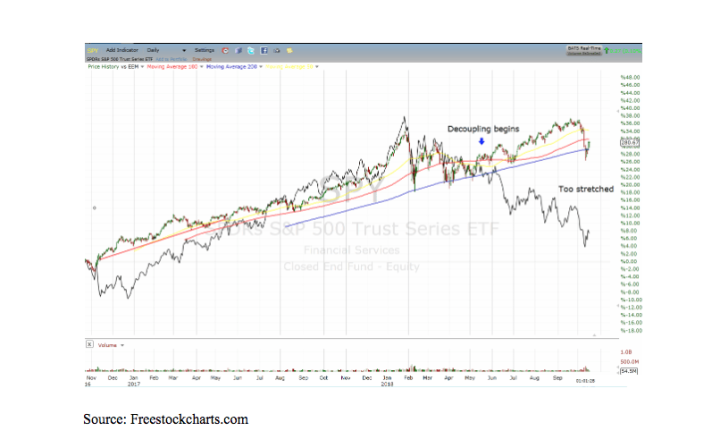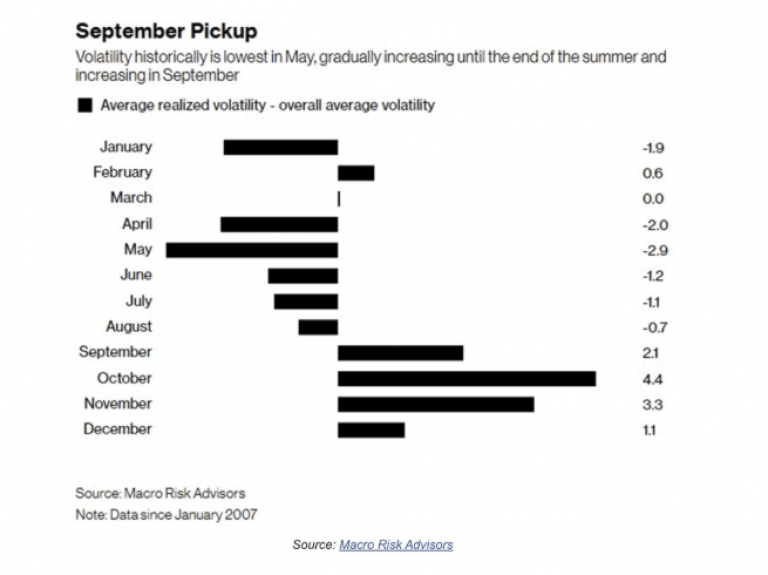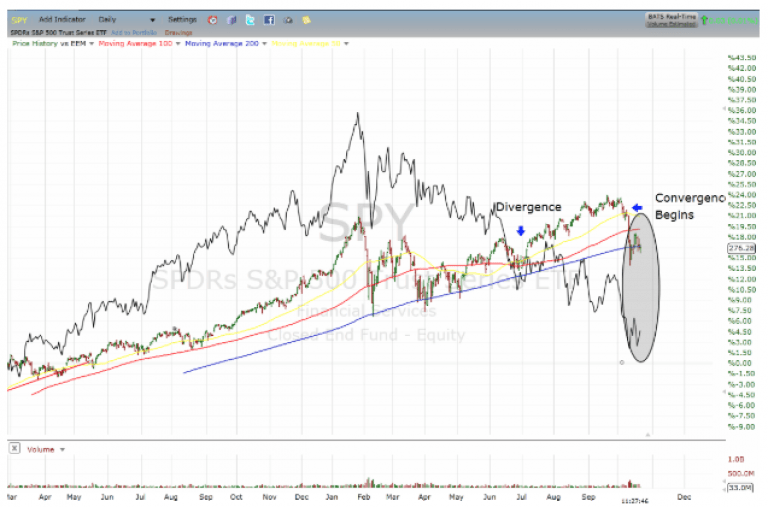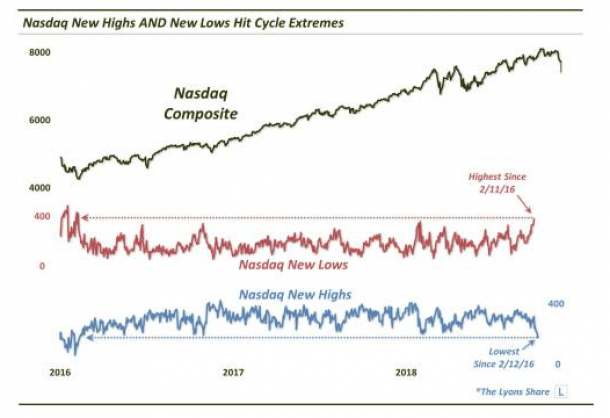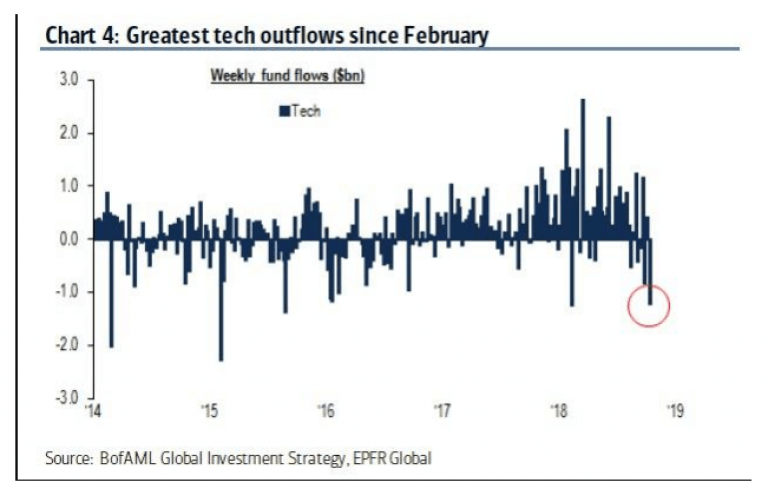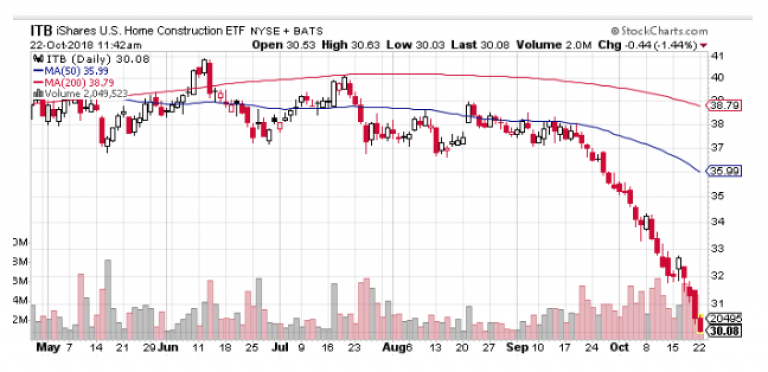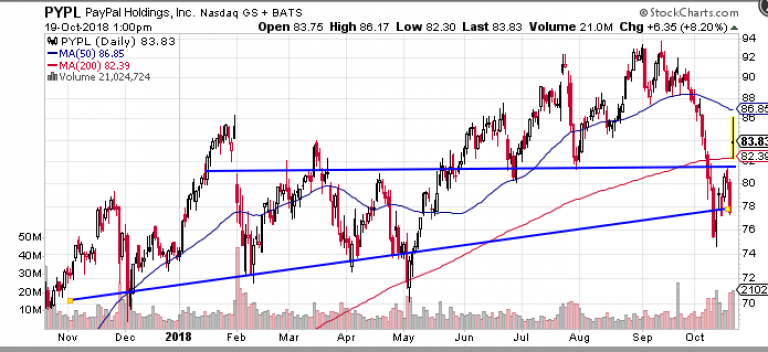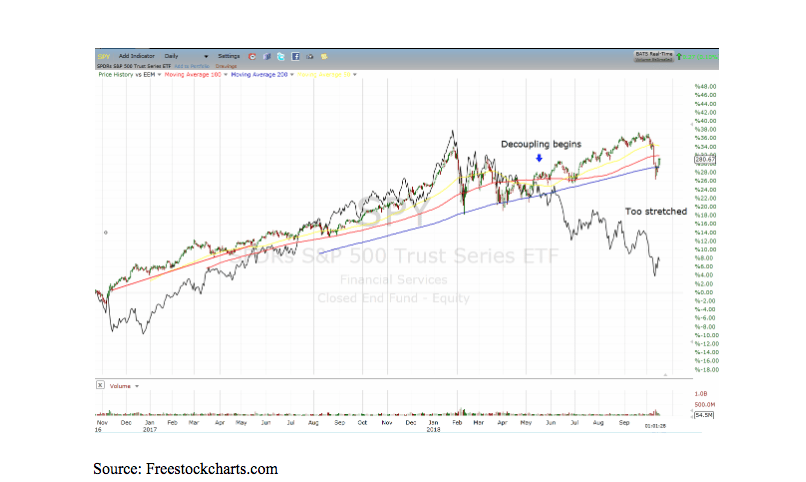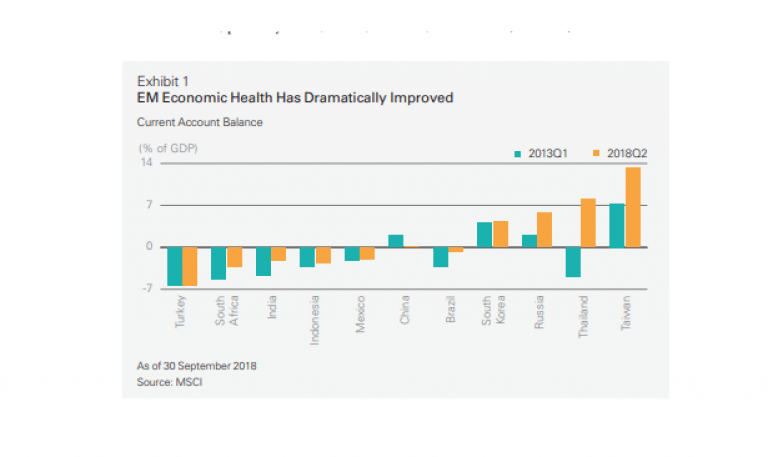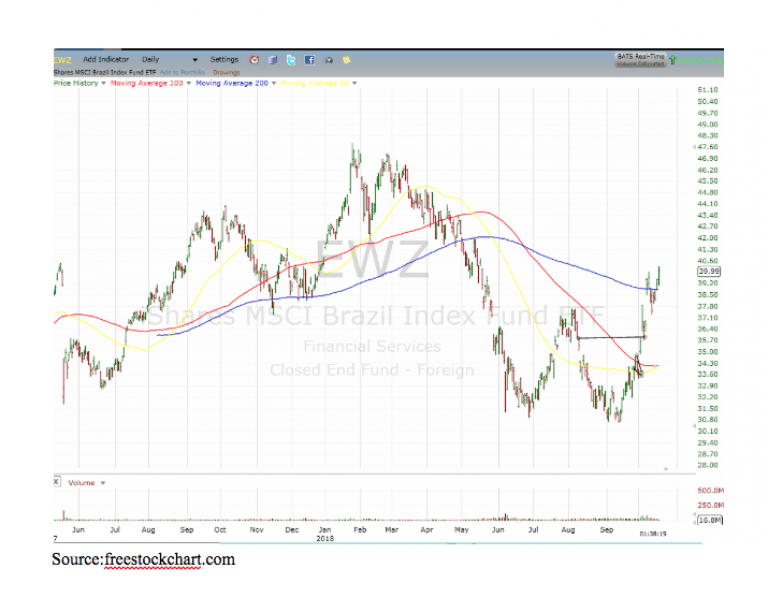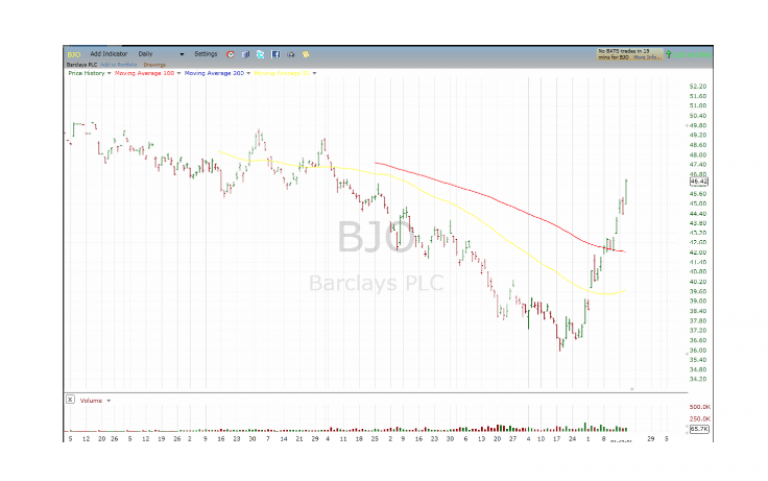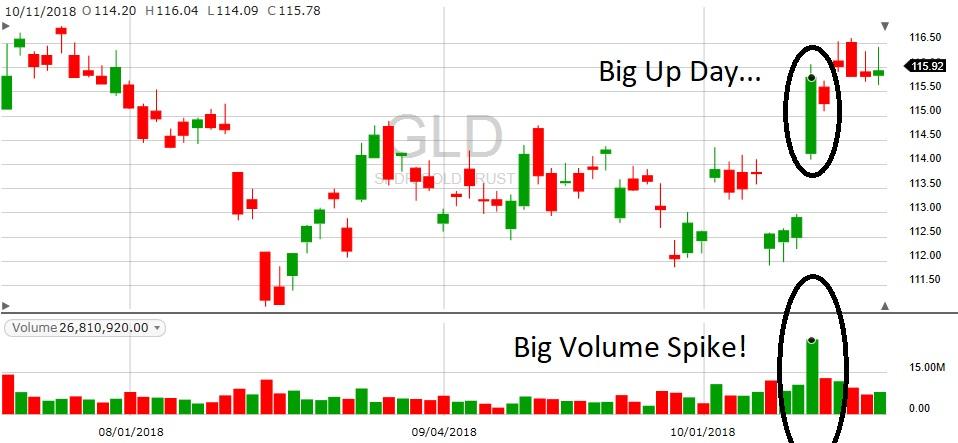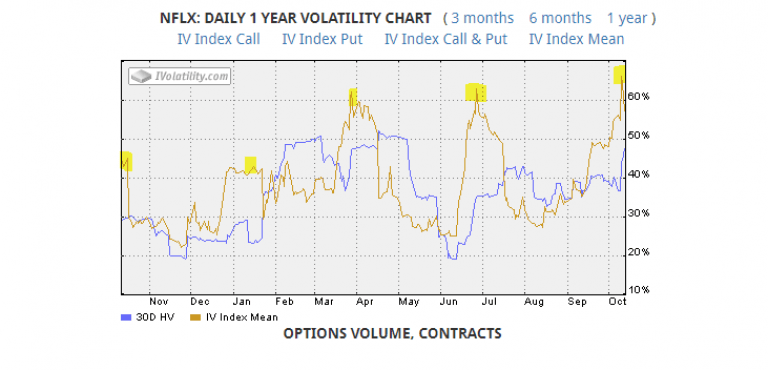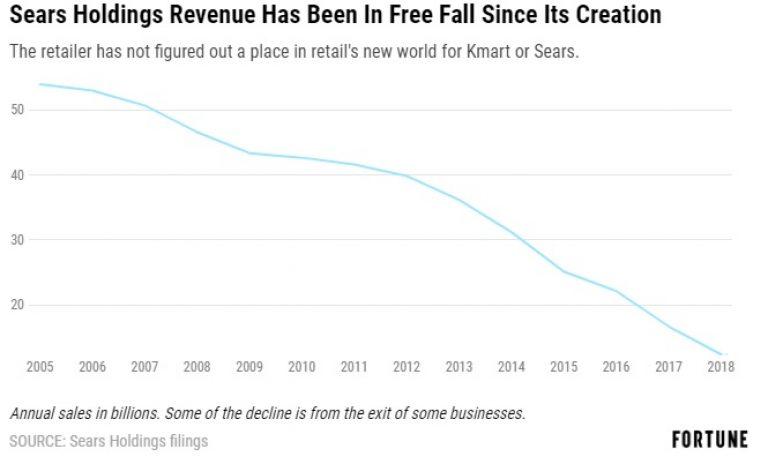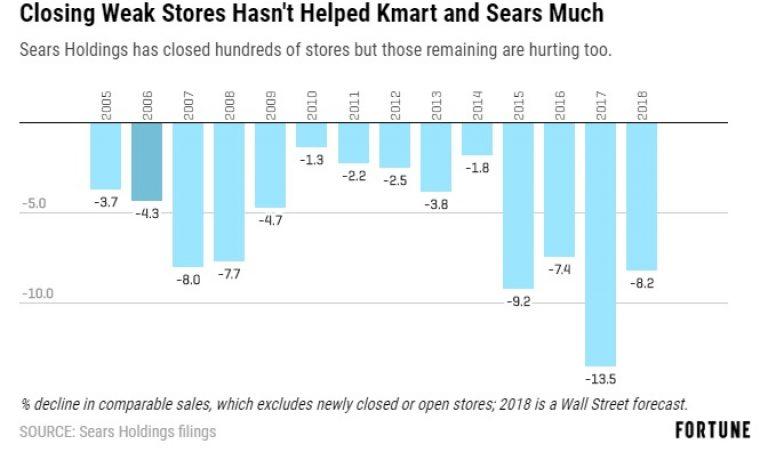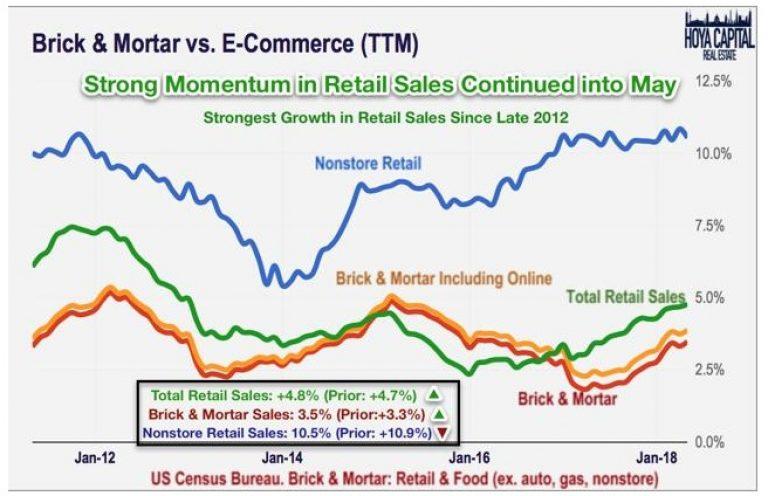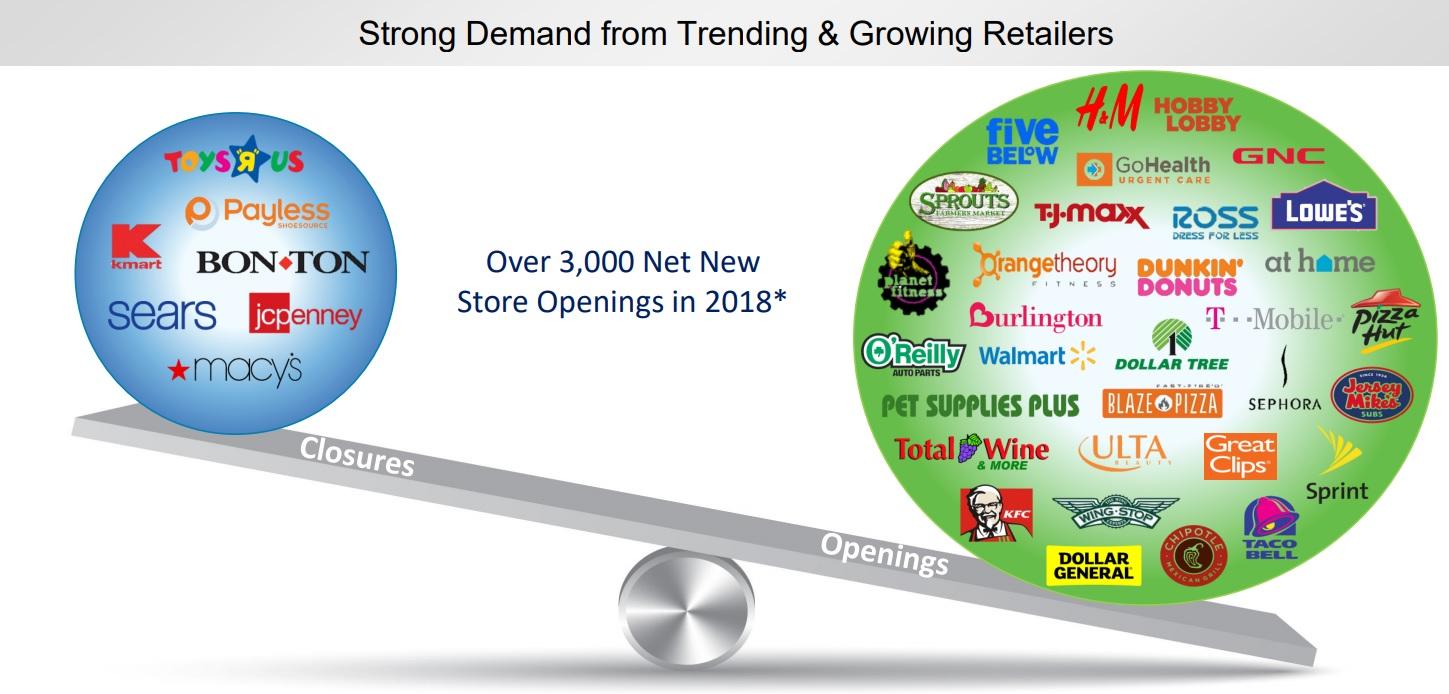Goldman Sachs says Gold Benefitting From ‘Recession Fear’
If there’s one thing your friendly Gold Enthusiast has learned, it’s not to blindly follow Goldman Sachs’ public “advice.” Too many times Goldman has “announced,” “advised,” or “letter” ‘d a position only for it to immediately go the other way. If it wasn’t heading that way already.
We’ll call this The Goldman Rule because we need a chuckle this Wednesday. The clouds have returned after almost a full day of sunshine in upstate New York, and we’re looking at 4 or 5 more cloudy days in a row. So we need all the little giggles we can get.
Heck (apologies for strong language), a few years ago Goldman was charged with hiding important information about a new security they constructed. The usual excuse for putting investors on both sides of the same trade is “different investments are appropriate for different investors.” That didn’t play well that time, with Goldman losing a lot of street cred among small- and medium-sized investors.
So this morning you can imagine The Gold Enthusiast’s delight when the first headline he sees in the news is Goldman talking about gold. Has good ol’ GS climbed out of the hole they dug for themselves? Is this latest a step in the right direction?
Alas, apparently No. The sad thing is this piece sounds like what we call “reading the news,” or telling you about things that already happened. Little or no useful education or prognostication involved. What is useful to investors is connecting the dots between cause and effect, so people can better their own understanding. Insight and understanding, if you will. There is some of this but not a lot for a company once known as having The Smartest Guys In The Room.And since there’s no real “position” discussion, there’s no way to see if taking the opposite side might be better. Looks like we’ll have to wait some more for Goldman to be useful to our purposes.
Just to be clear: Your Gold Enthusiast enjoys a good snark now and then, but what he really wants is good useful info. Goldman used to be good at providing that. Let’s hope they return to that place soon.
And if you’re looking for some salient advice on gold: Wait a while yet before buying more. With gold dropping quickly as the US equity markets rose, we can tell gold is not far enough up the list in investors’ minds yet to really take off. Barring a Black Swan event, of course.
Signed, The Gold Enthusiast




